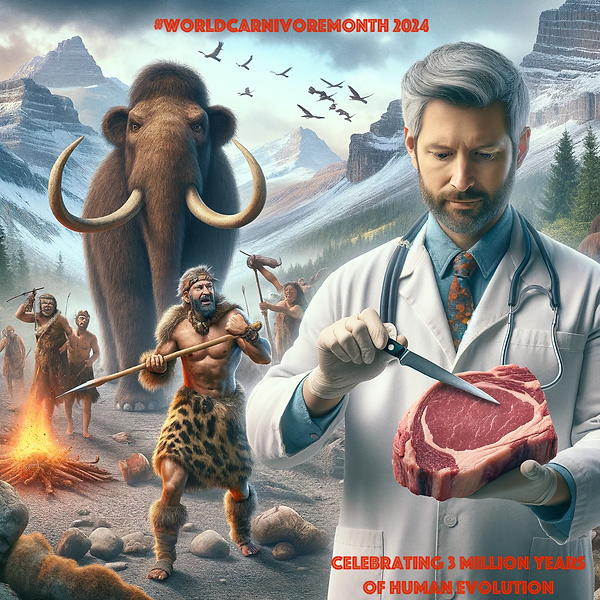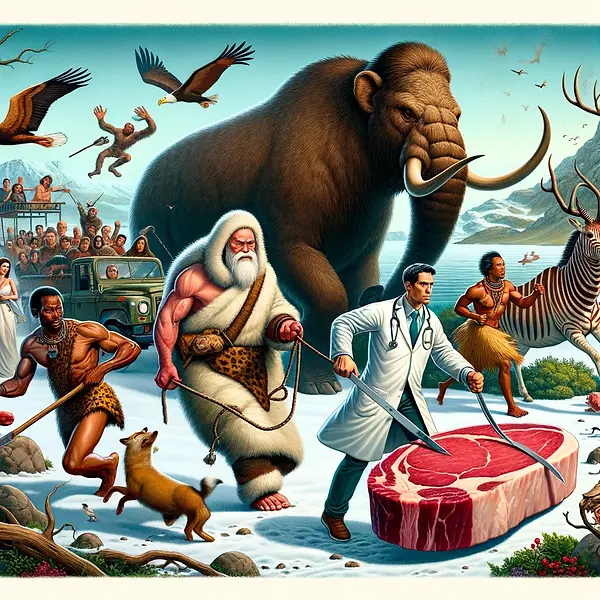


Title:
Lipase enzyme
Abstract:
This is evidenced by strong selective pressure over our evolution for the lipase enzyme – an enzyme that is critical to the storage and use of fats
Details
Evolutionary change in physiological phenotypes along the human lineage
Several traits contain an adaptive regime shift on the Homo branch at high frequencies: monocytes (60.3%), amylase (52.1%), lipase (48.8%) and haematocrit (48.2%). For amylase and lipase, the Homo branch contains an optimum change in a greater proportion of models than any other branch in the primate tree; for monocytes, haematocrit, neutrophilic bands, blood urea nitrogen, phosphorus, carbon dioxide and MCHC, the Homo branch is in the top five branches.
Focusing on the traits supported in both analyses, we find that the following five traits reached our criteria for undergoing substantial evolution along the human lineage: amylase, haematocrit, phosphorus, monocytes and neutrophilic bands. Some additional traits were supported as outliers in one analysis, but not the other, including MCHC, creatine phosphokinase, alkaline phosphatase and lipase. More generally, we found a striking pattern that humans have more traits identified as outliers in the phylogenetic prediction model than other primates (where twelve species were identified as having no exceptional traits). This pattern suggests that broad physiological changes are more common in recent human evolution than for any other primate analysed. Alternatively, the large number of outlier traits for humans may be attributable to obtaining our human data from a different source than the other primates, and may reflect effects of captivity on physiology in non-human primates.
Hypothesis:




